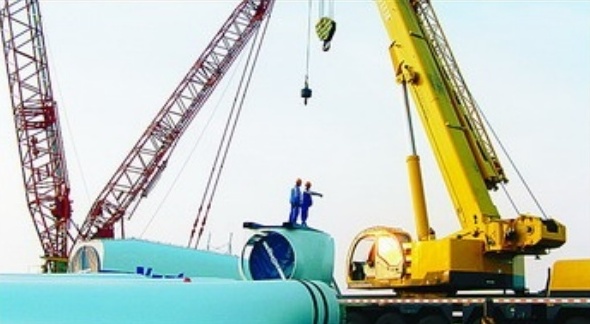China accelerates economic development model transformation
- By Hu Jiangyun
 0 Comment(s)
0 Comment(s) Print
Print E-mail China Today, March 11, 2014
E-mail China Today, March 11, 2014
Singapore, China's Hong Kong, China's Taiwan and South Korea all achieved miraculous economic development as early as the 1970s. These so-called "Four Little Dragons" rapidly became high-income economies with significantly improved living standards. Since the 1990s, however, Asian developing countries such as China have experienced faster, more conspicuous economic growth than any other region in the world.
|
|
How have these Asian developing economies achieved such progress? From the practical perspective, all have expanded their scale of opening-up and proactively advanced the industries that developed countries have transferred to them. By absorbing foreign direct investment and conducting external trade, they combine local labor, land and other resources with international capital, technology and innovation. This optimized allocation of resources has greatly increased efficiency, thus realizing economic growth and social development.
The international financial crisis caused an obvious slowdown in the socio-economic development of certain countries and regions. The U.S., the EU and Japan, for example, all experienced shrinking demand and feeble economic development. Asian developing economies as represented by China, meanwhile, have displayed a strong momentum of stable economic growth. Economists, therefore, have shifted their focus to these Asian economies, by virtue of in-depth theoretical discussions of their economic growth and social development.
Some economists and scholars utilize Western economic theories, especially those relating to economic growth, to explain and explore China and other Asian developing countries' phenomenal economic expansion. They include the Solow Growth Model and Total Factor Productivity (TFP). Certain pundits analyze the indicators of Chinese economic growth and expound on the driving force behind it according to relevant statistics. But Western economic theories entail many assumed conditions that do not apply to China's reality.







Go to Forum >>0 Comment(s)